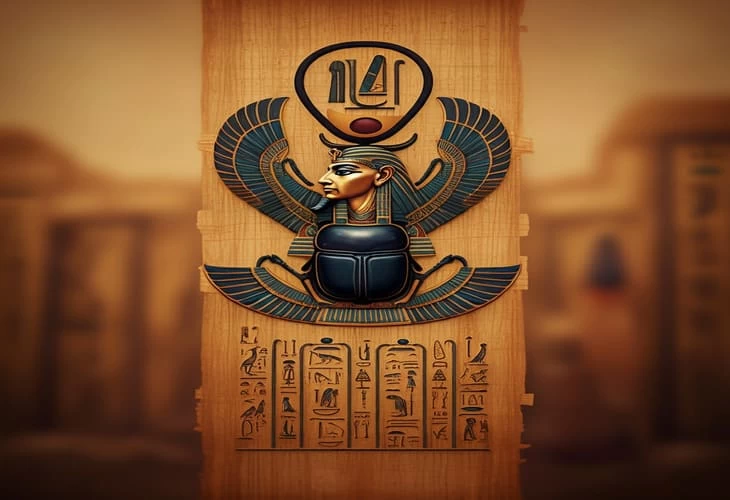
The Mystery of the Ankh Scarab Papyrus
The Ancient Egyptian culture, creativity, and art reflect beauty, mystery, and power. The ankh scarab papyrus symbol intrigues tourists and historians alike. Such symbols represent Egyptian art, existence, and their belief system. Familiarize yourself with ankh, scarab, and papyrus symbolism before exploring Egypt. This knowledge will enhance the enjoyment of your adventure.
What is an Ankh Scarab Papyrus?
Scarab papyrus shows three basic symbols of Egyptian art: the ankh, the scarab, and the papyrus. The ankh symbolizes life, power, and authority. It resembles a cross with a loop on top. Whereas the Egyptian scarab beetle depicts rebirth, and protection and has immortality, as well as the papyrus plant which was used to make rolls storing Egyptian knowledge. All these symbols together signify existence, change, and growth, thus presenting some importance on the ancient Egyptian way of existence and their beliefs.
Ankh Scarab Papyrus Connections
This ankh scarab papyrus symbolizes more than a mere blend; each element enhances the other. The ankh depicts eternity; the scarab denotes rebirth, and the papyrus communicates old wisdom. These aspects are present on the walls of Egyptian tombs and embedded in paintings and art pieces, portraying the theme of everlasting cycles. Visually or graphically, whether as pictures on papyrus scrolls or carvings on golden jewels, the symbols depict the Egyptian understanding of life death, and resurrection.
Why Is There a Scarab on the Ankh Papyrus?
In Egyptian mythology, the scarab beetle has much significance. According to Egyptian mythology, the scarab beetle represents Khepri, the god of the rising sun, symbolizing protection and renewal. Placed alongside the ankh, the scarab symbolizes eternal life and protection during the transition to the next life. The ancient Egyptians donned scarabs and ankhs as amulets, believing that they provided protection and guidance to the wearer. Nowadays, scarab pendants and papyrus art are available to travelers who look for more meaningful keepsakes.
The Real Meaning Behind Every Aspect of the Symbol
The ankh scarab papyrus components have unique importance. The Ankh, seen in deities’ depictions like Osiris and Anubis, symbolizes life and eternity. Scarab beetle represents resurrection and is associated with the holy. Papyrus-edged scrolls which contained most of the religious texts and teachings make the plant also a symbol of wisdom and progress. These three components together make a holy symbol illustrating Egyptian art & mythology.
How Is the Scarab Beetle Related to Ancient Egypt?
The scarab beetle in Ancient Egyptian art symbolized self-creation and rebirth. It was associated with the god Khepri, who they believed moved the sun across the sky daily. Ancient Egyptians placed scarabs in temples, found them on grave sites, or wore them as jewelry, believing they offered protection in the afterlife. They even impressed scarab symbols in vases for added protection. Even today, people often seek souvenirs that resemble scrolls made from papyrus or scarab charms, as they remain popular items.
What Is the Significance of Papyrus in Ancient Egyptian Culture?
Papyrus was very important for Egyptian literacy and artistry. Papyrus served as a surface for recording important societal information like sacred books and daily records. Papyrus was crucial for education, communication with deities, and expansion. The Ankh Scarab papyrus designs depict the eternal truths being preserved and passed on to future generations. You can even find these symbols on hand-painted papyrus scrolls purchased today.
What Role Did the Ankh Play in Ancient Egyptian Religion?
The Ankh, widely termed the key of life, showed eternal power and godly grace. Gods controlled it and depicted pharaohs being gifted to life. The ankh scarab papyrus also reappeared in the rituals guaranteeing protection and after death. Nowadays, one can come across ankh pendants and papyrus art used by tourists which have kept their original meaning thousands of years ago.
Differences Between the Ankh, Scarab, and Eye of Horus
The Egyptian culture holds dearly to symbols that include the ankh, scarab, and the eye of Horus, which have unique attributes and significance that relate to life, protection, and divinity. It is interesting to note that Ancient Egyptian hieroglyphic art deeply roots the ankh. The ankh symbolizes both present and eternal life. Khepri, the scarab beetle, represents rebirth and change, which is why people easily found these handmade charms in tombs and wore them as protective amulets. People believe that the Eye of Horus, also known as the Wadjet eye symbol, offers protection and restoration to the dead as they travel through the afterlife. Scholars have observed that people still depict the ankh and scarab on papyrus and silver jewelry. Statues, tomb walls, and sacred designs depict the Eye of Horus as well.
These Egyptian symbols may have separate meanings but in a way, they cooperate in symbolizing a dominant theme, which is life, protection, and rebirth. Gods hold the ankh to symbolize creation, while the scarab beetle is present in decorative aspects like camel ornaments and sphinx sculptures. Similarly, the Eye of Horus, adorned with hieroglyphic inscriptions, brought order alongside the Wisconsin eye in murals. Nowadays, tourists can appreciate the diversity of these symbols found in Egyptian papyrus paintings, as well as handcrafted silver and patterned accessories such as necklaces. Tourists can find these items in bustling Egyptian markets, where the age-old concept thrives through art.
5 Days Nile Family Cruise Sail to Luxor & Aswan Attractions
Conclusion
The ankh scarab papyrus shows ancient Egypt’s peoples’ understanding of life, the afterlife, and rebirth. Ankh scarab papyrus depicts a complex representation of eternal life, resurrection, and enlightenment, showcasing the ancient Egyptians’ understanding of life, the afterlife, and rebirth. The elements of these scrolls, jewelry, and wall pictures help to understand the ideas of life and death among the Egyptians. To consider these objects will complement your tour of Egypt and help you better understand this great culture. One can even buy earthen artifacts that represent Egypt’s enormous ancient heritage, be it scarab figures, papyrus paintings, or ankh necklaces.
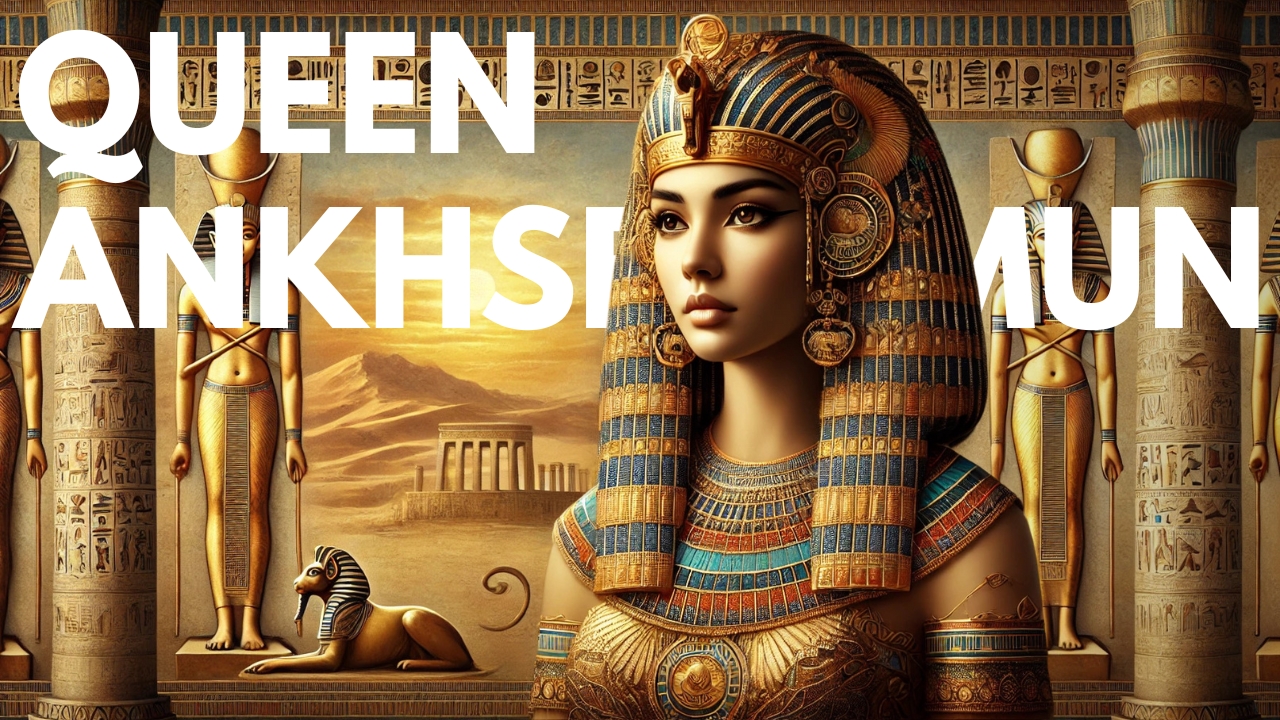
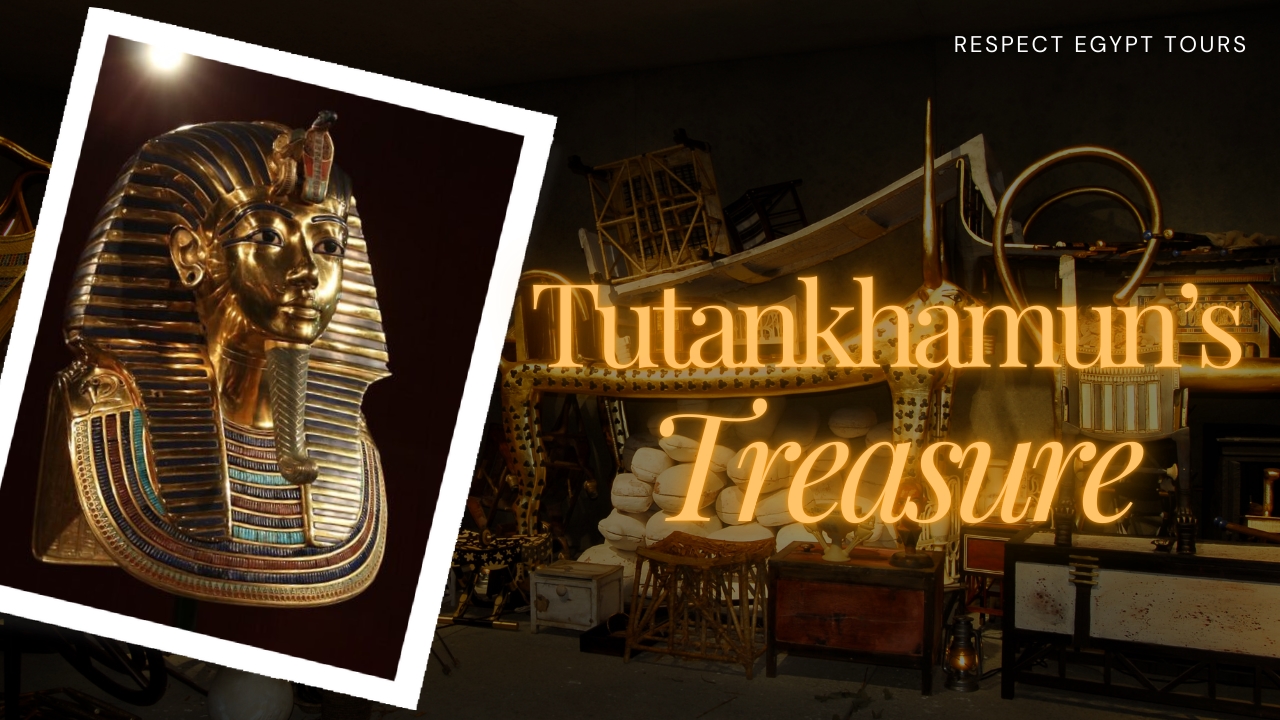





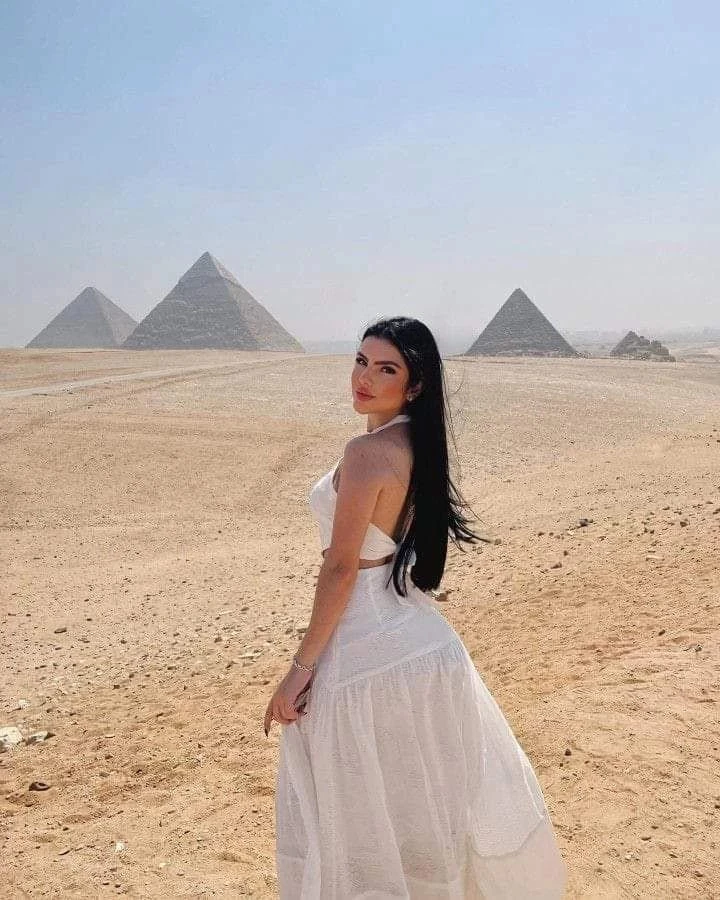

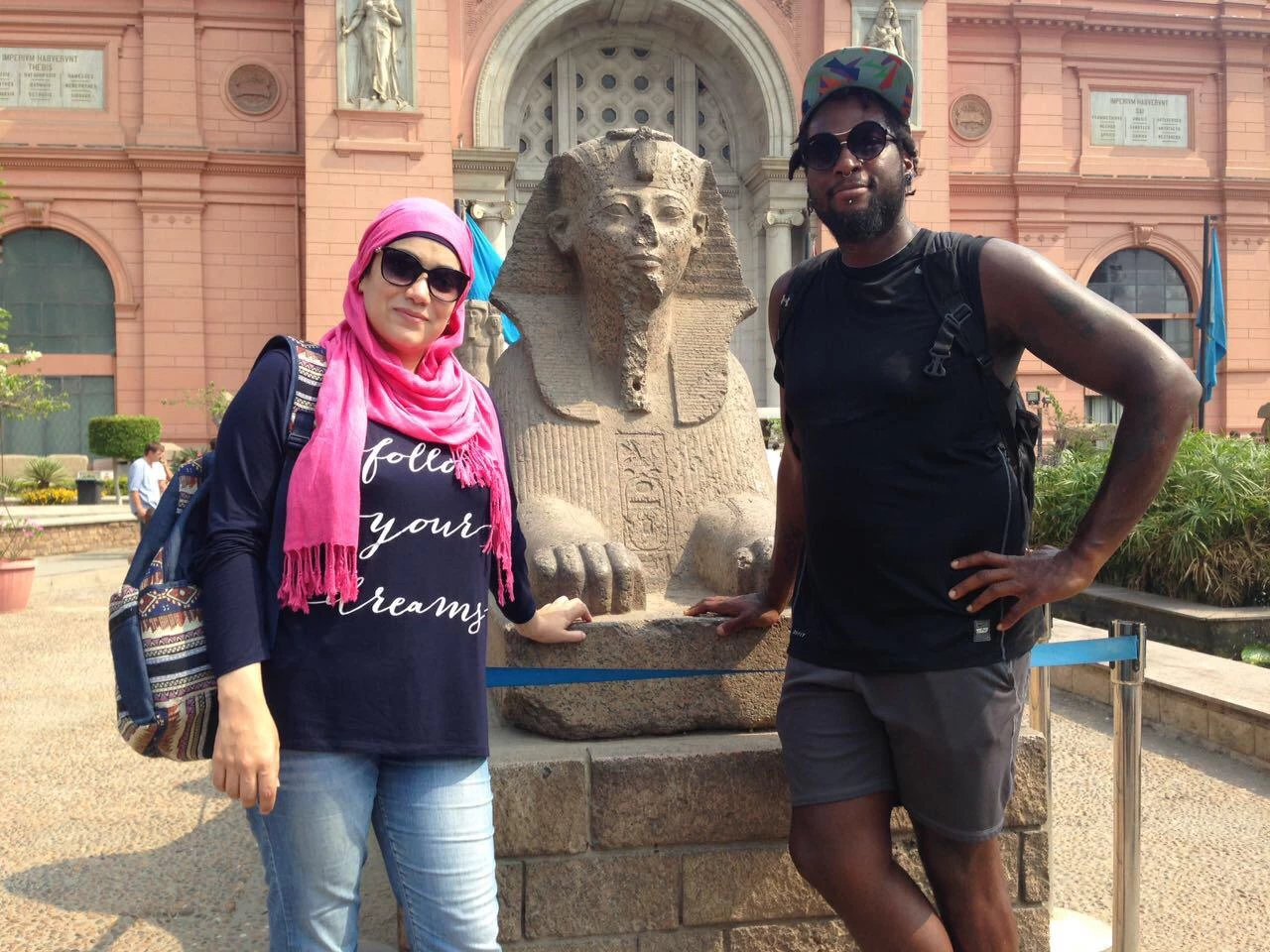
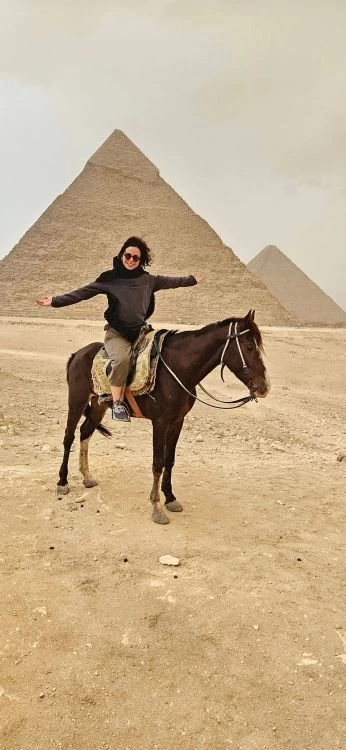
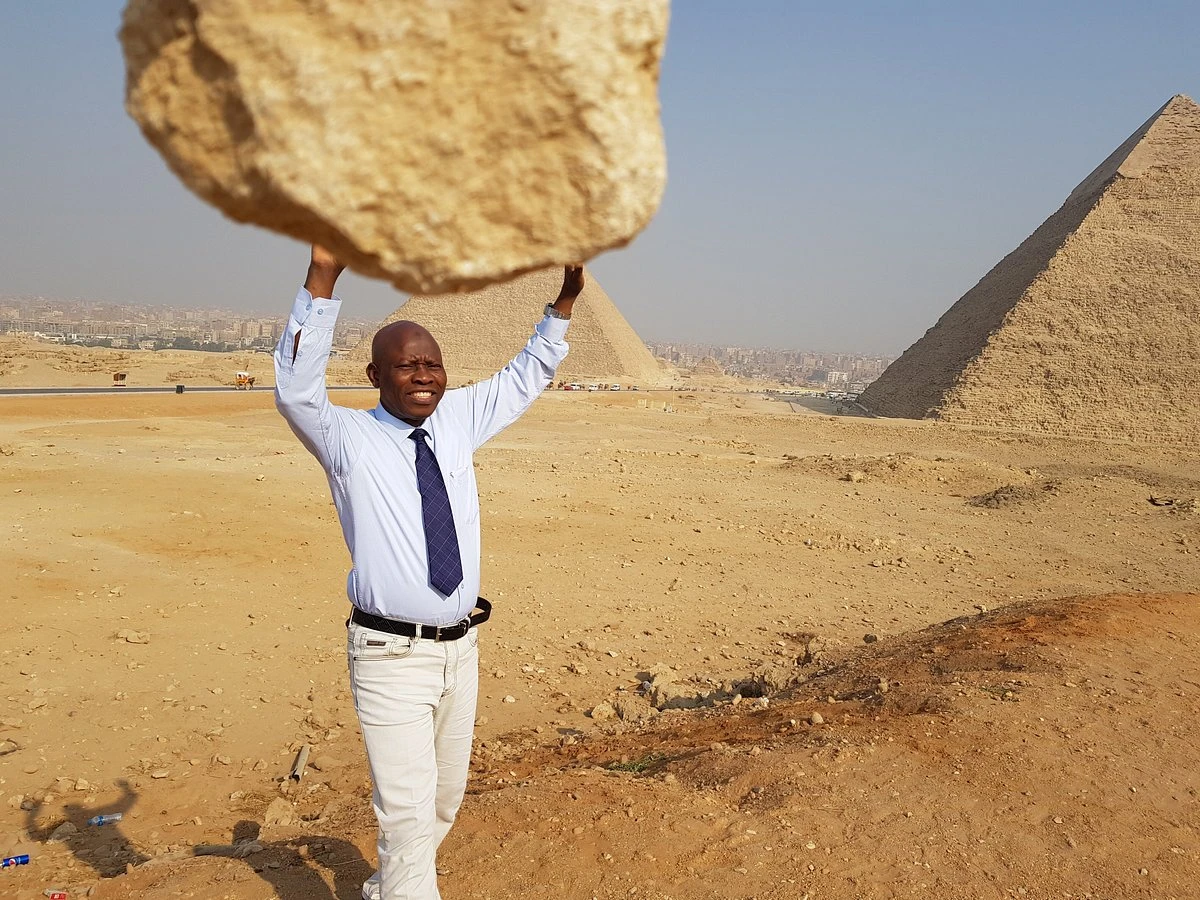
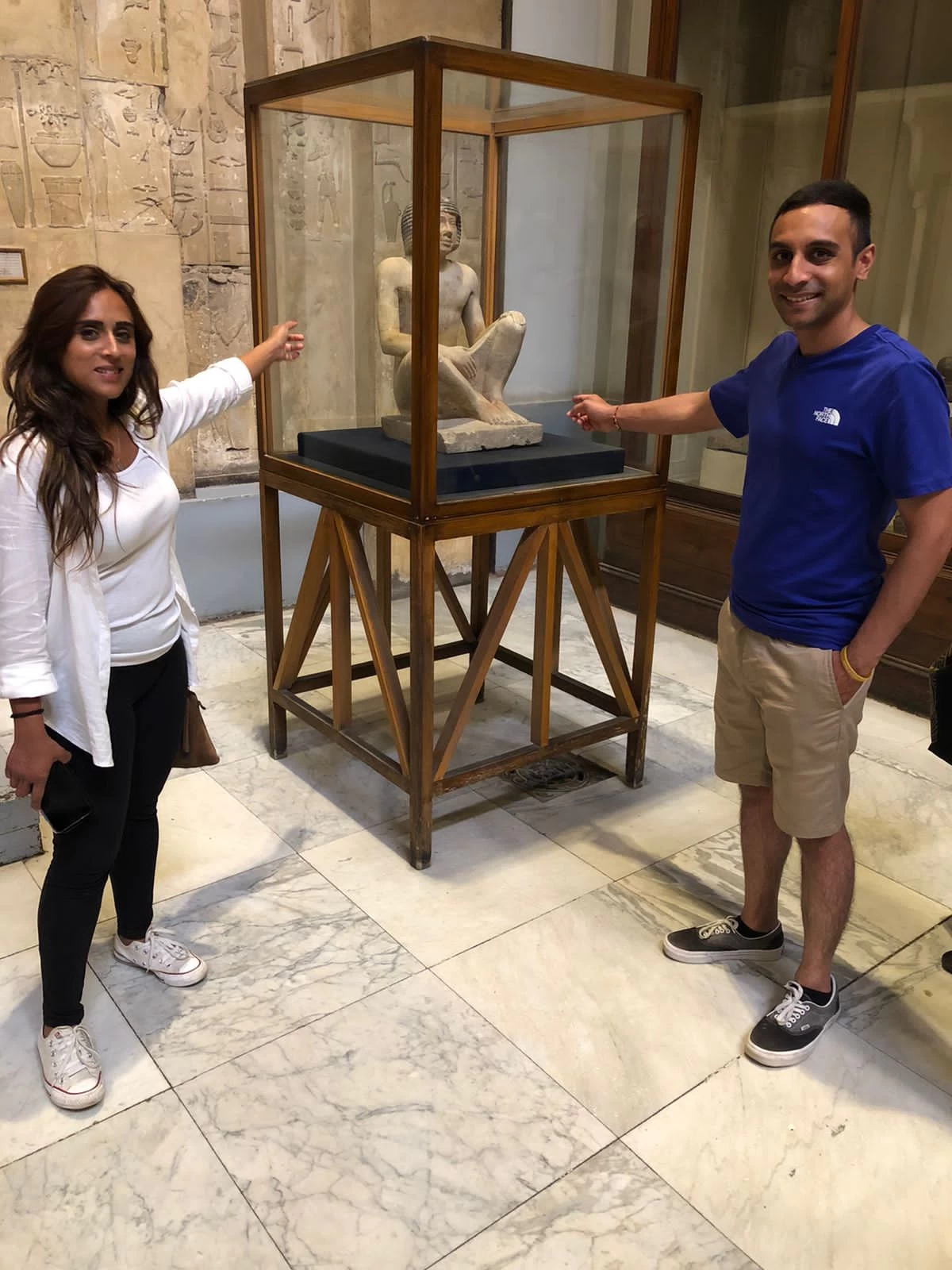

-webp.webp)

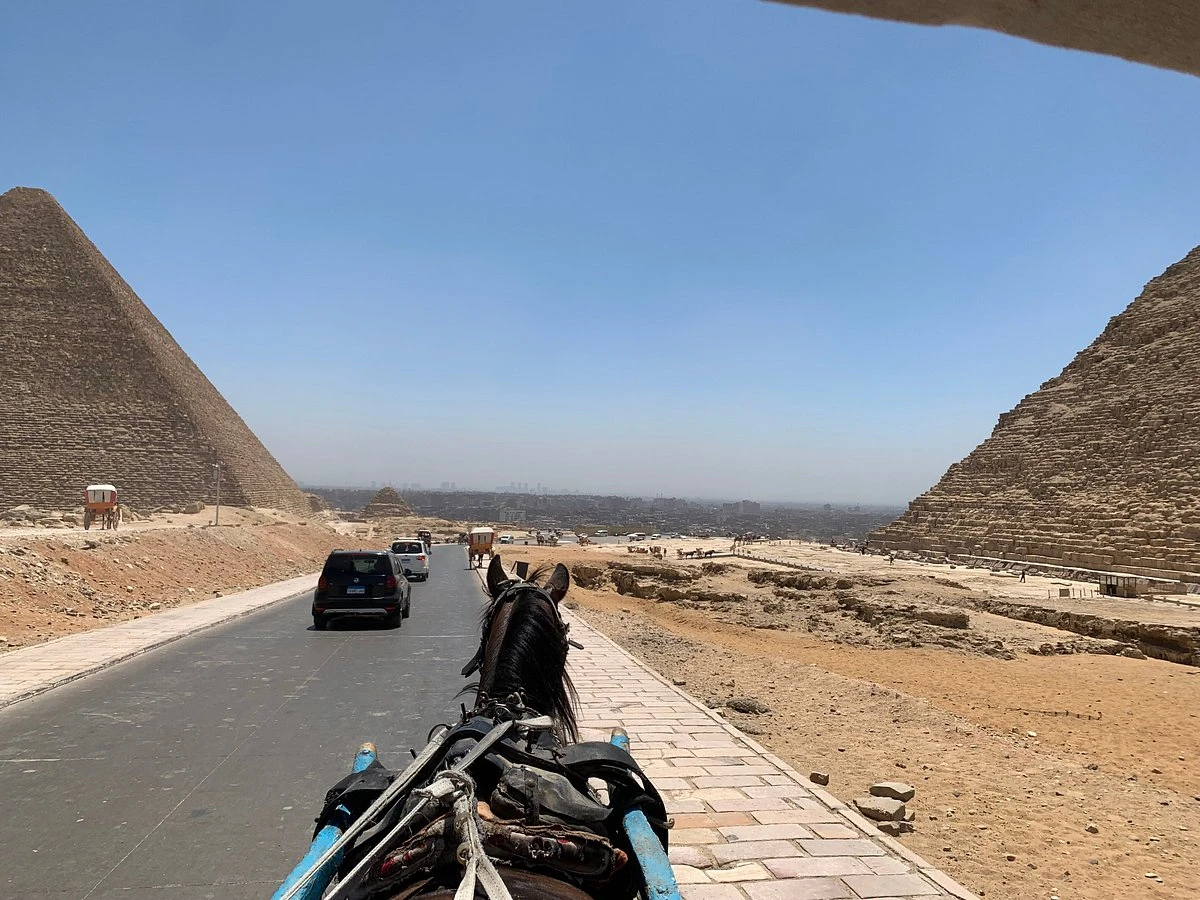
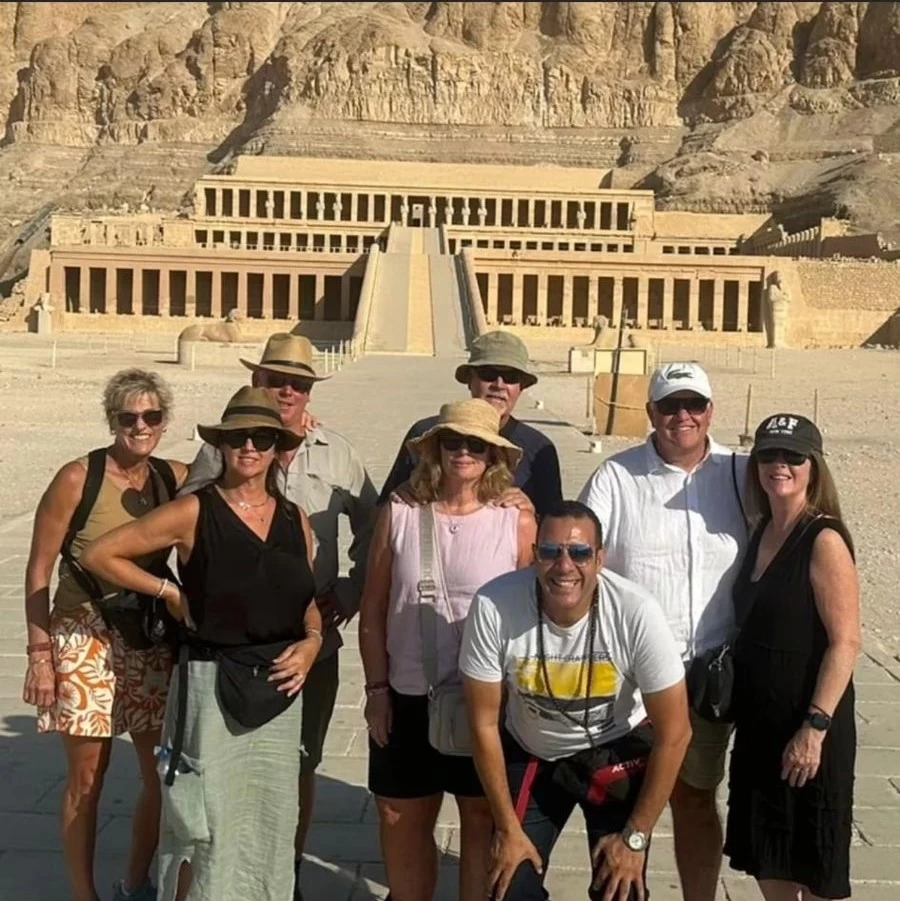
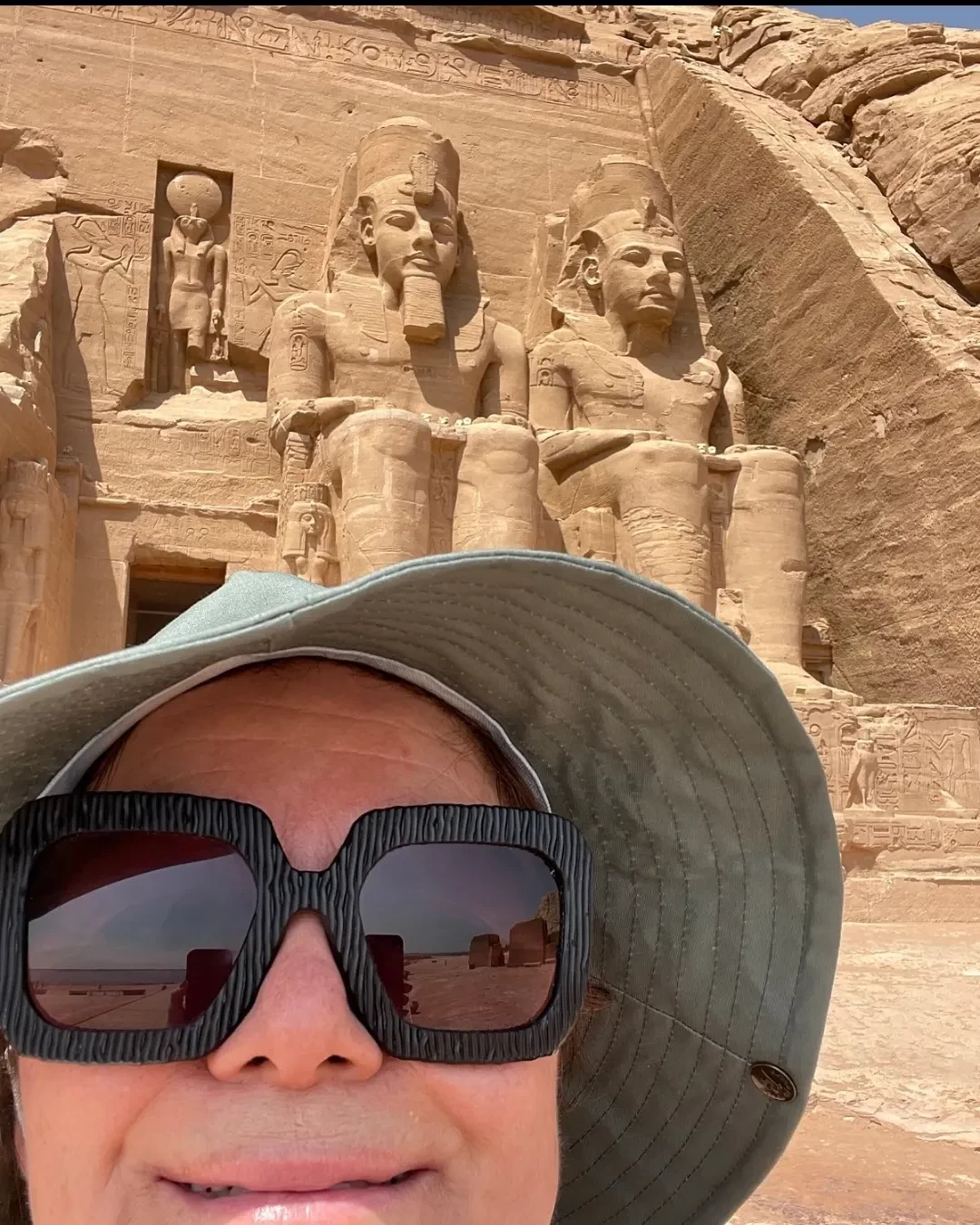
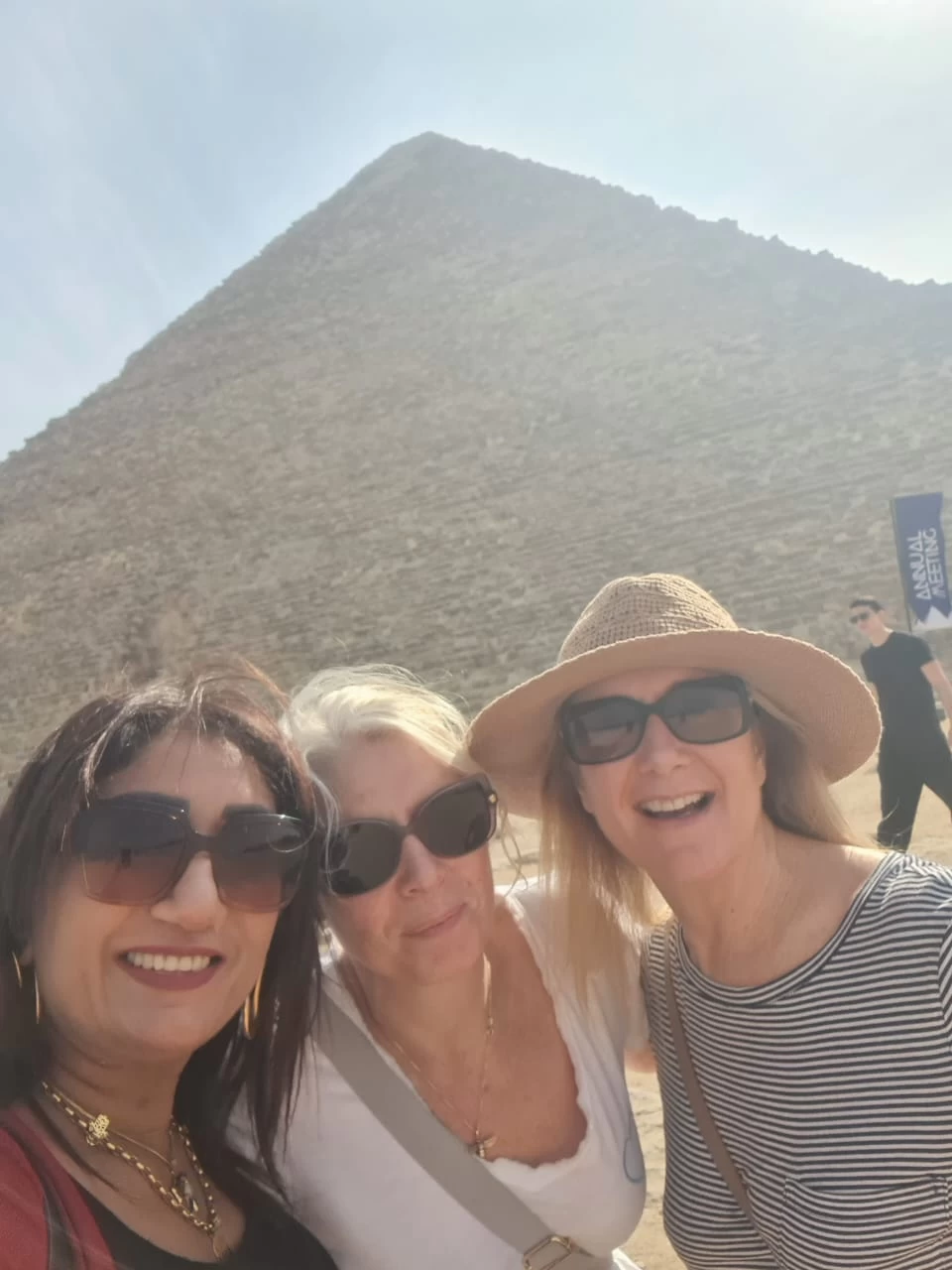
-webp.webp)

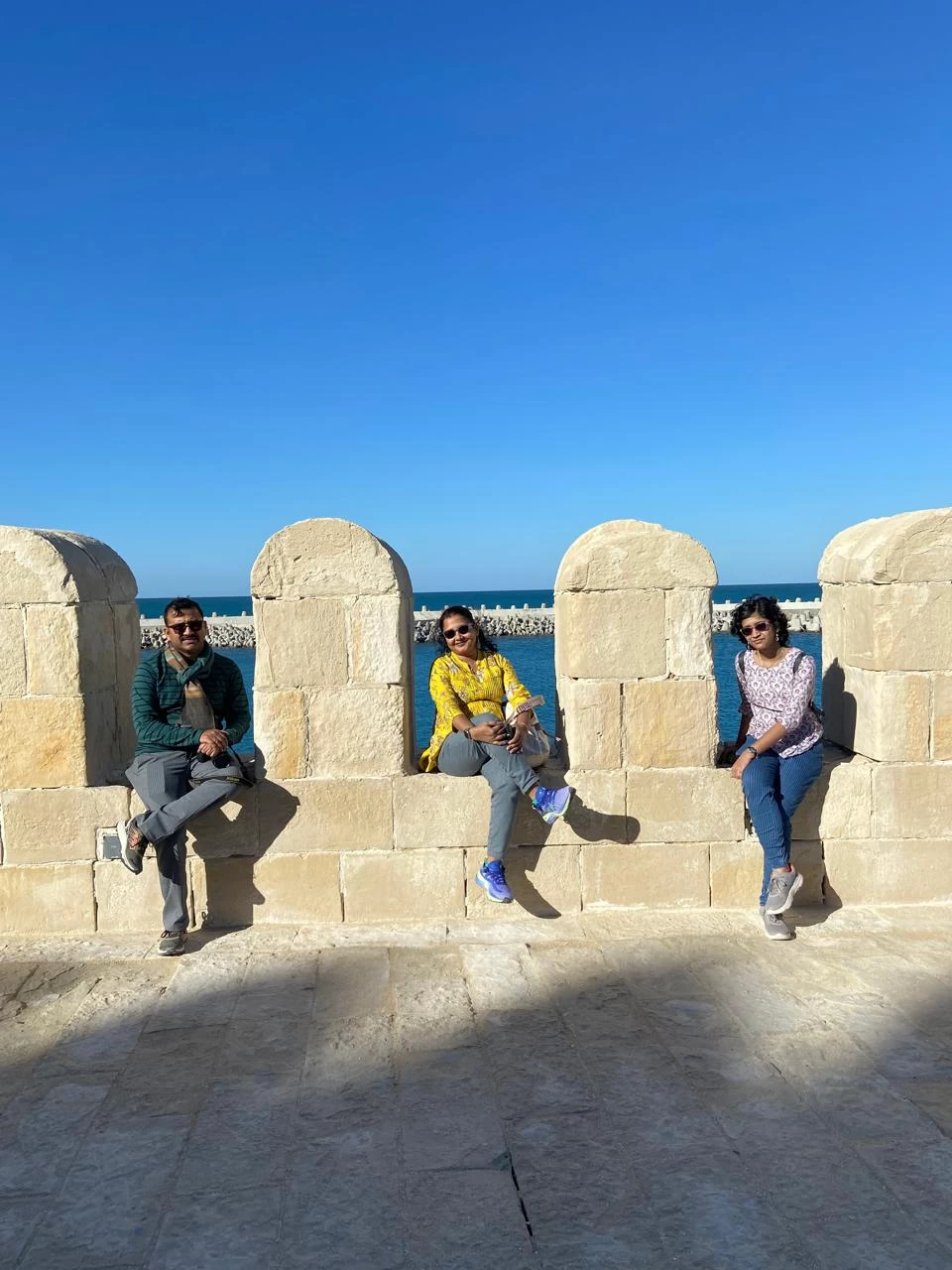
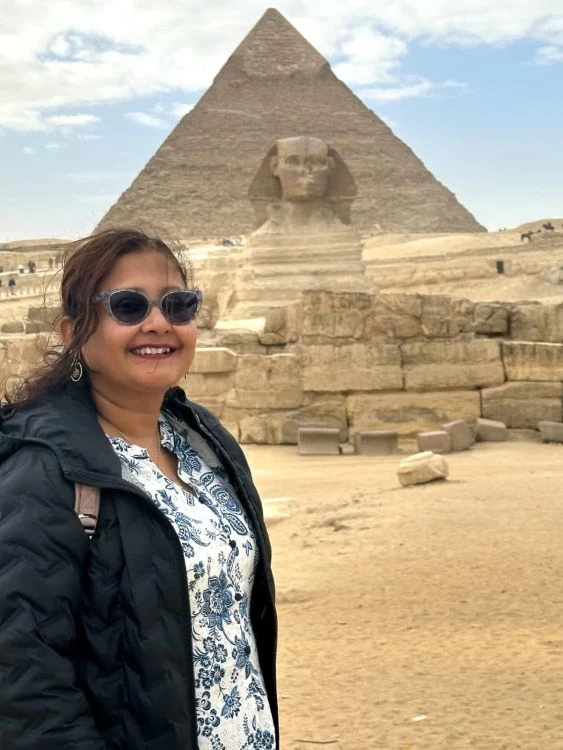
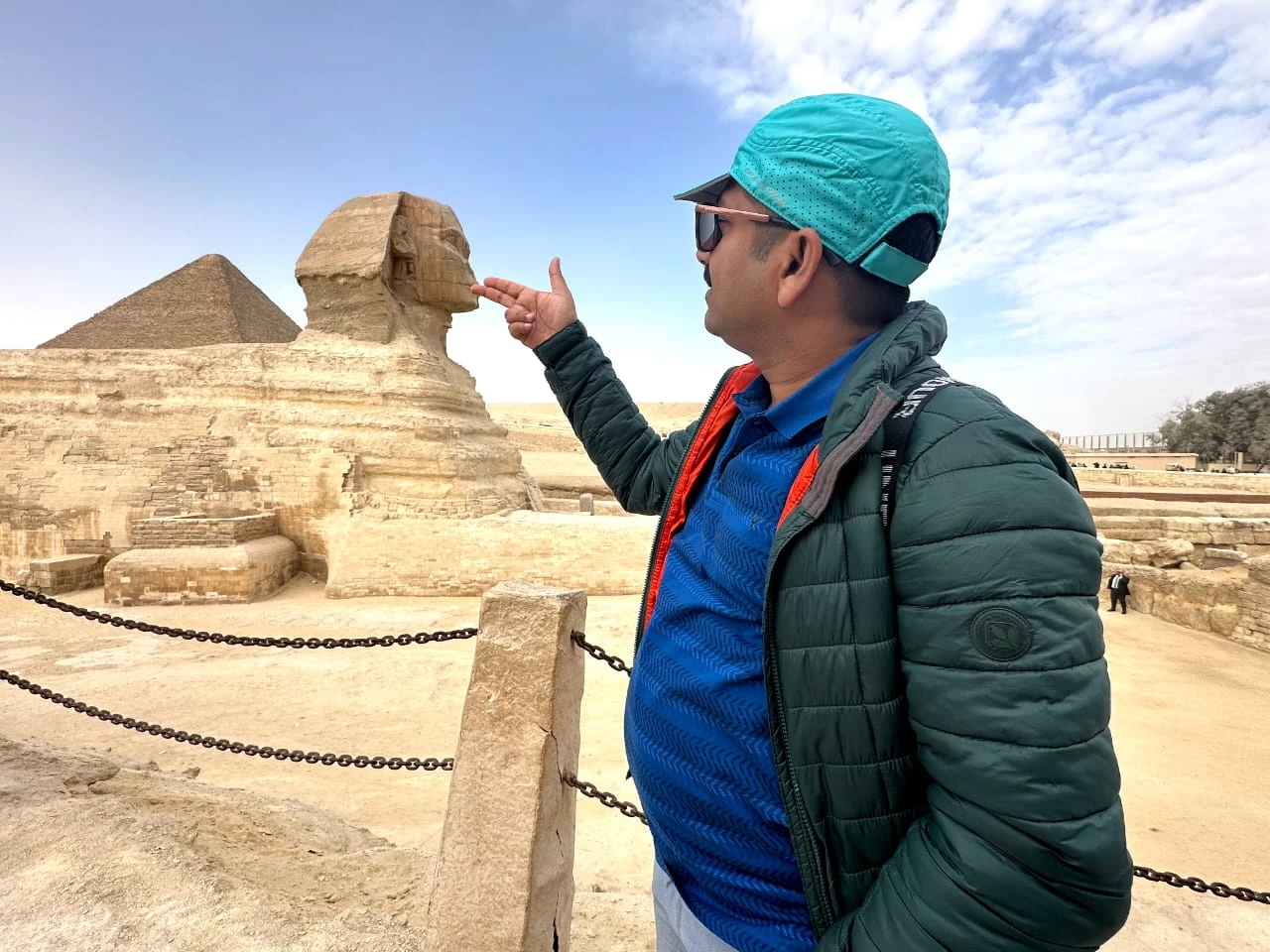
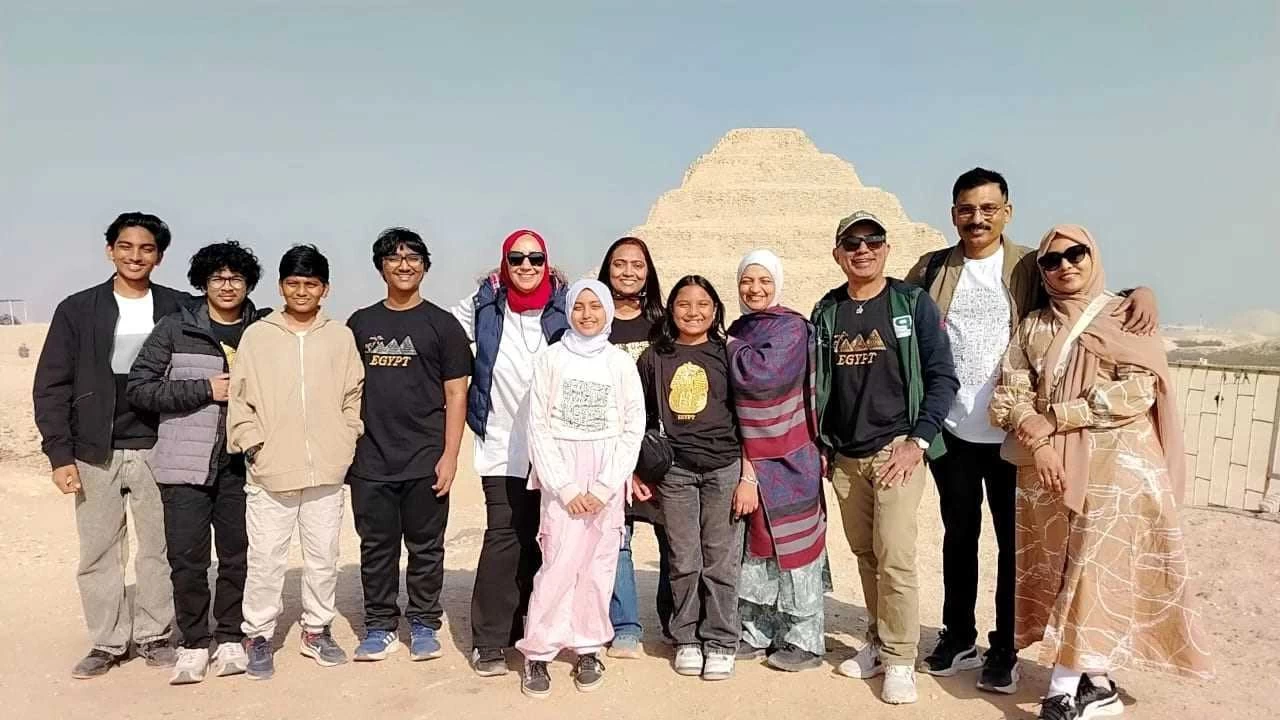
-webp.webp)
-webp.webp)
-webp.webp)
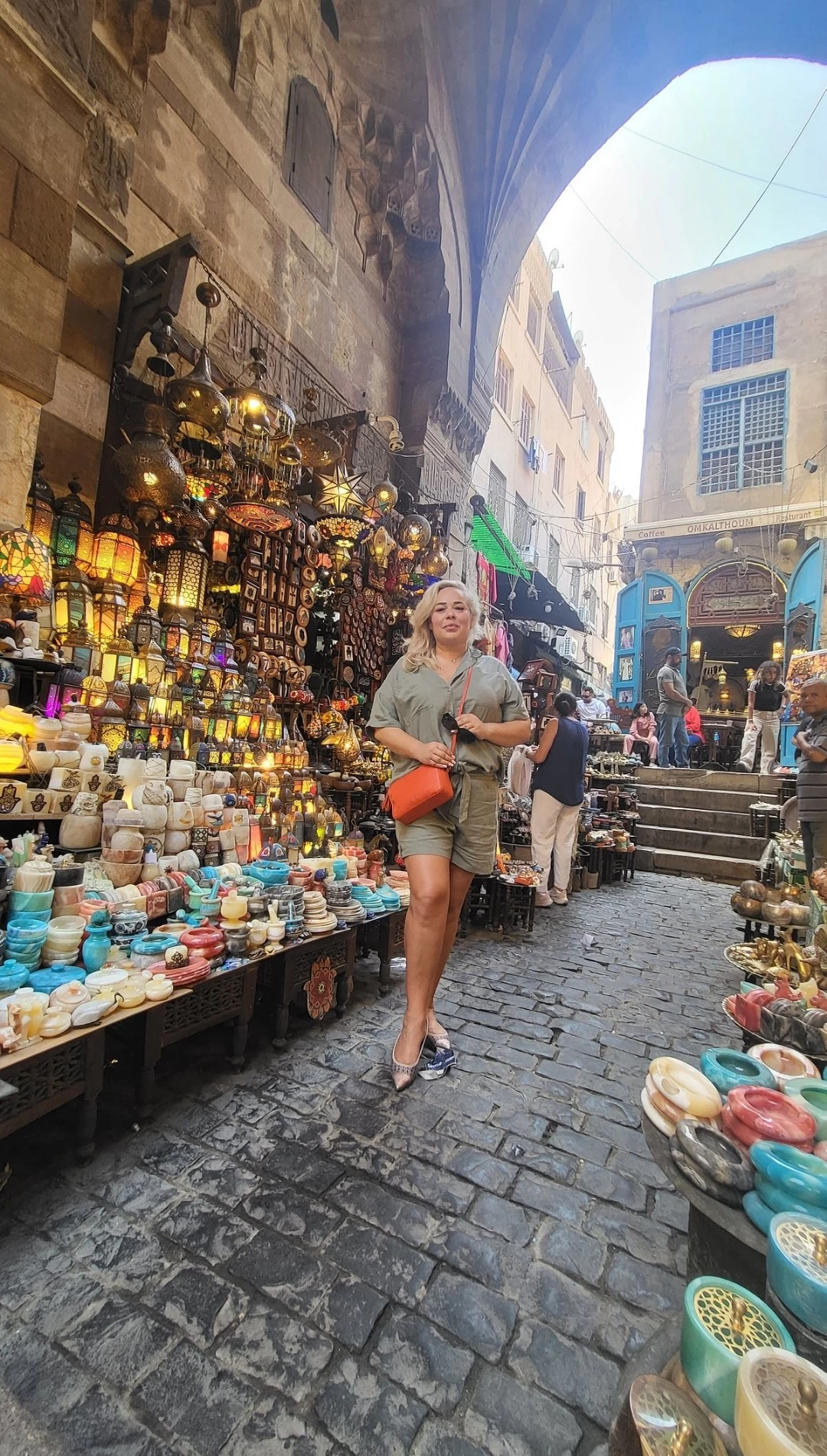
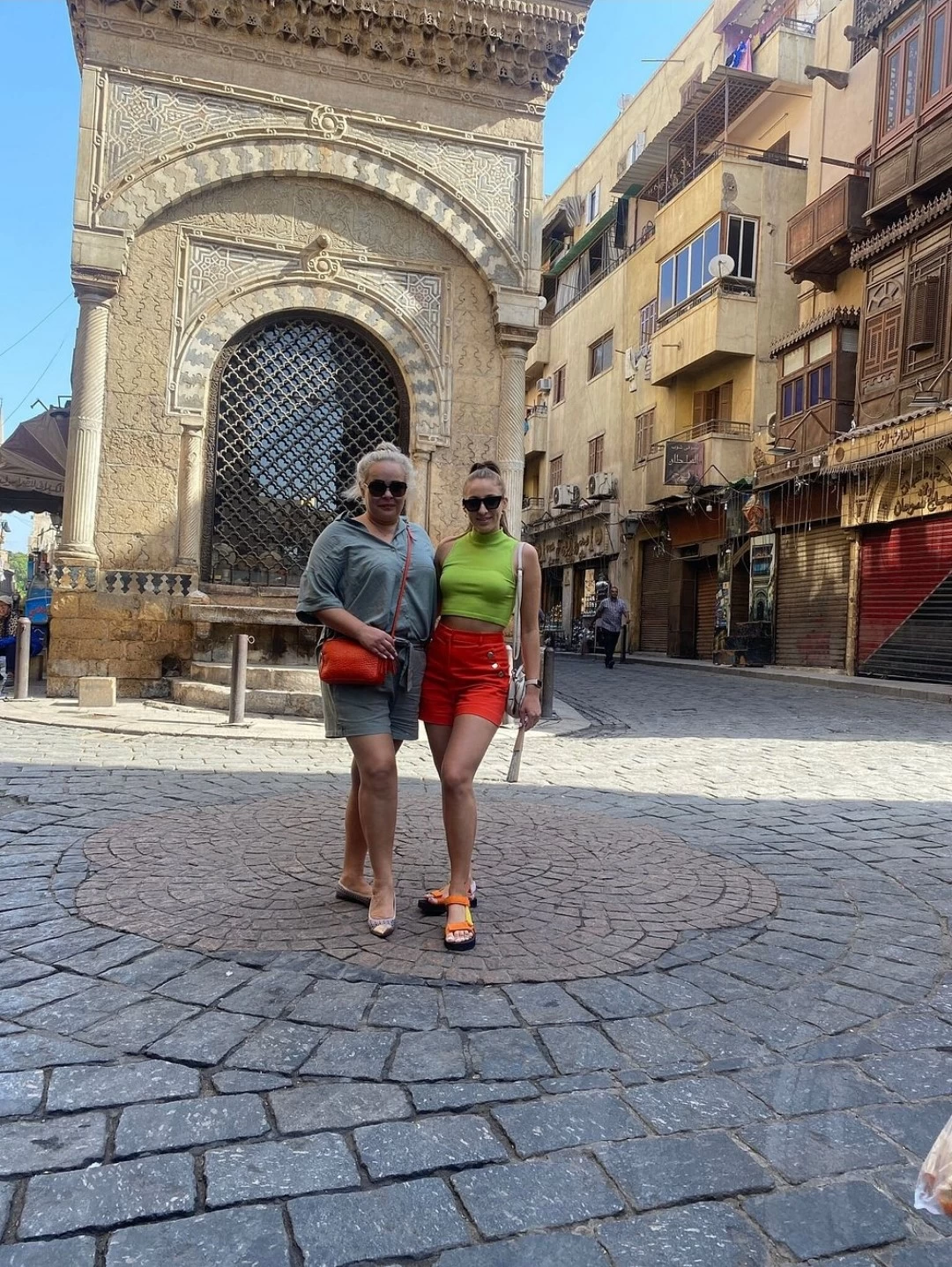

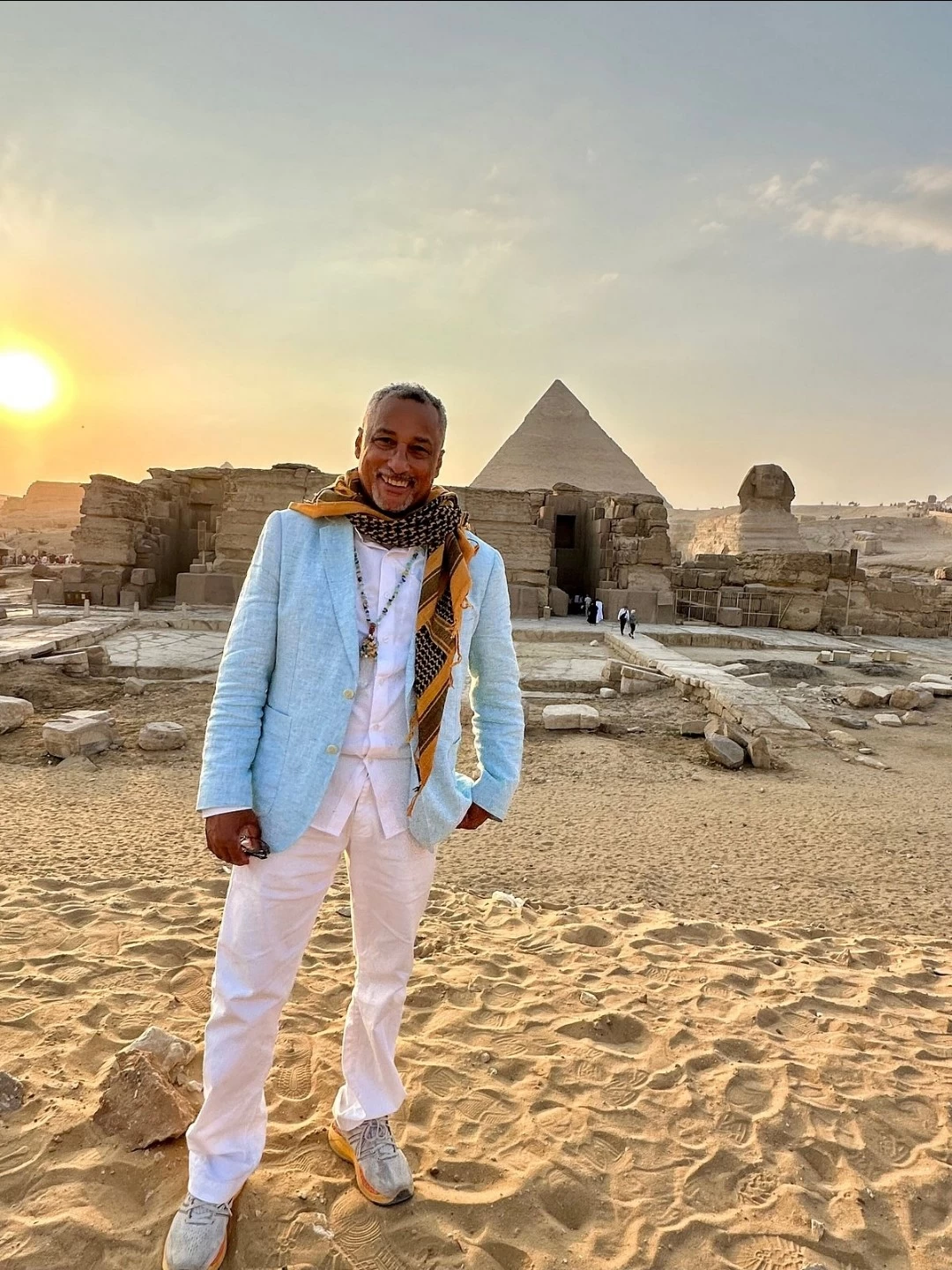
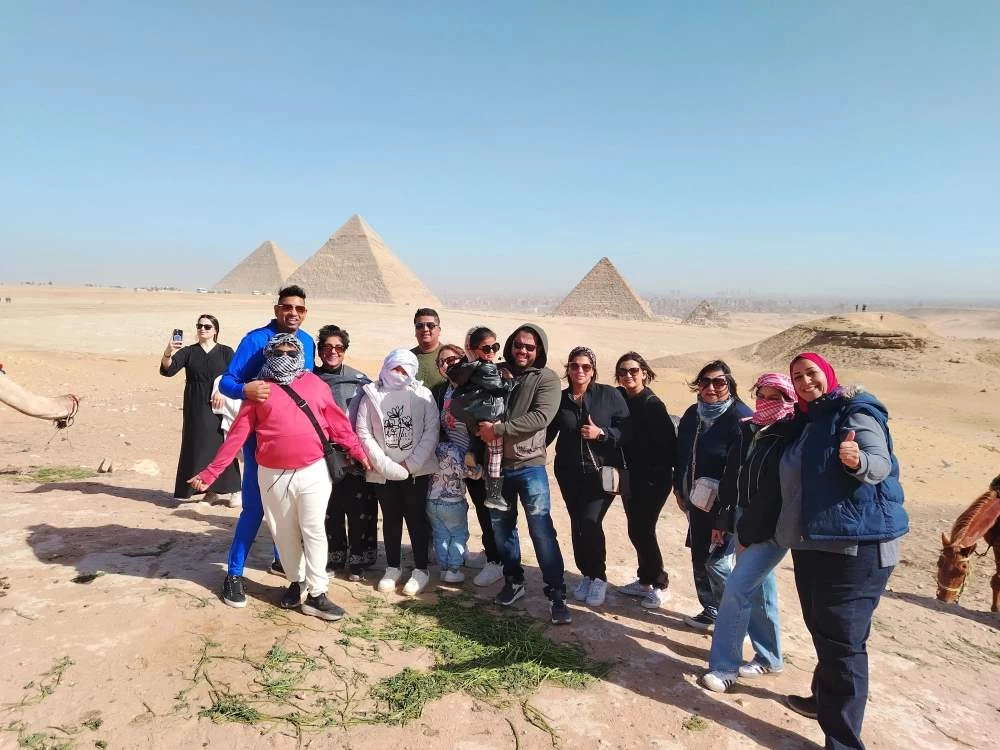
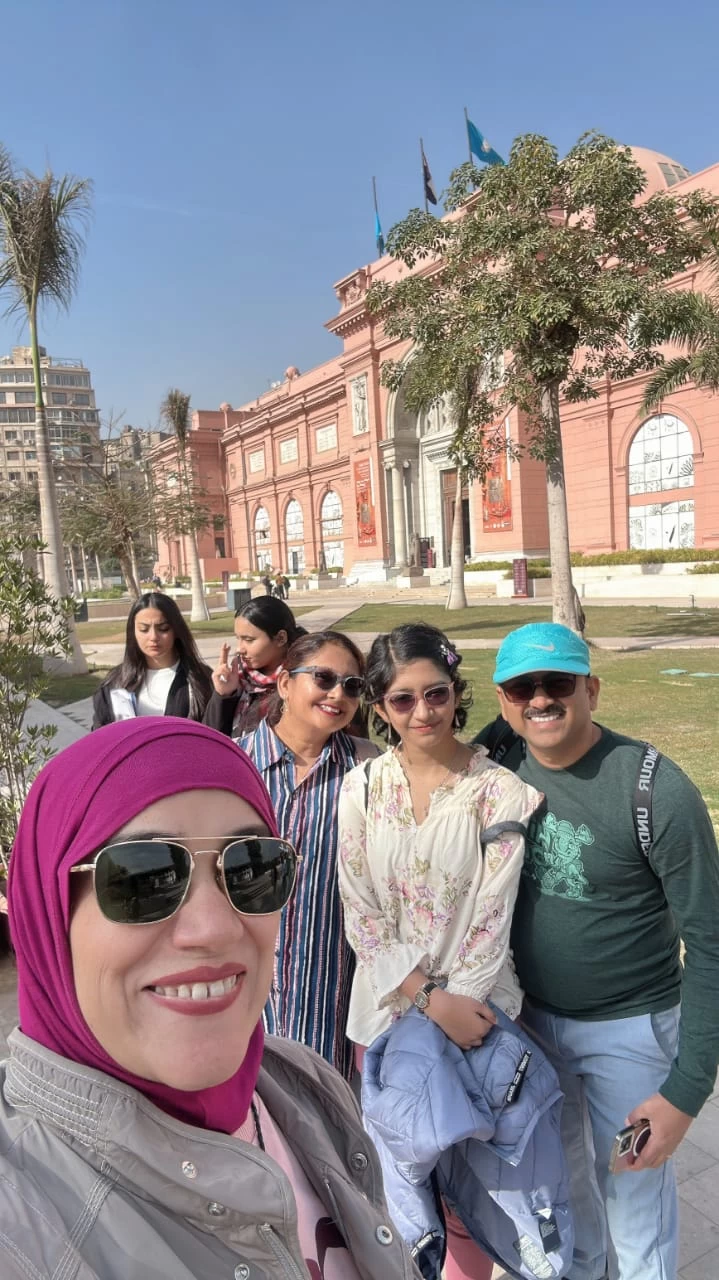
-webp.webp)
-webp.webp)
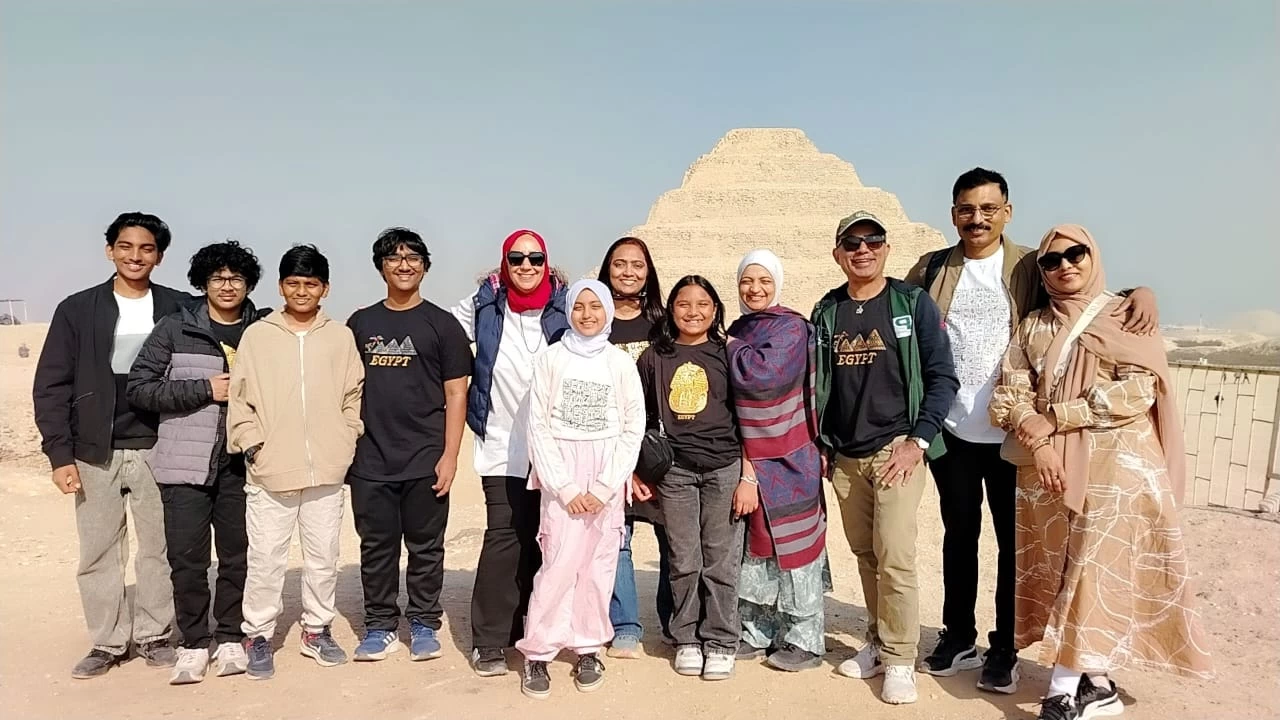
-webp.webp)
-webp.webp)
-webp.webp)
-webp.webp)
-webp.webp)
-webp.webp)
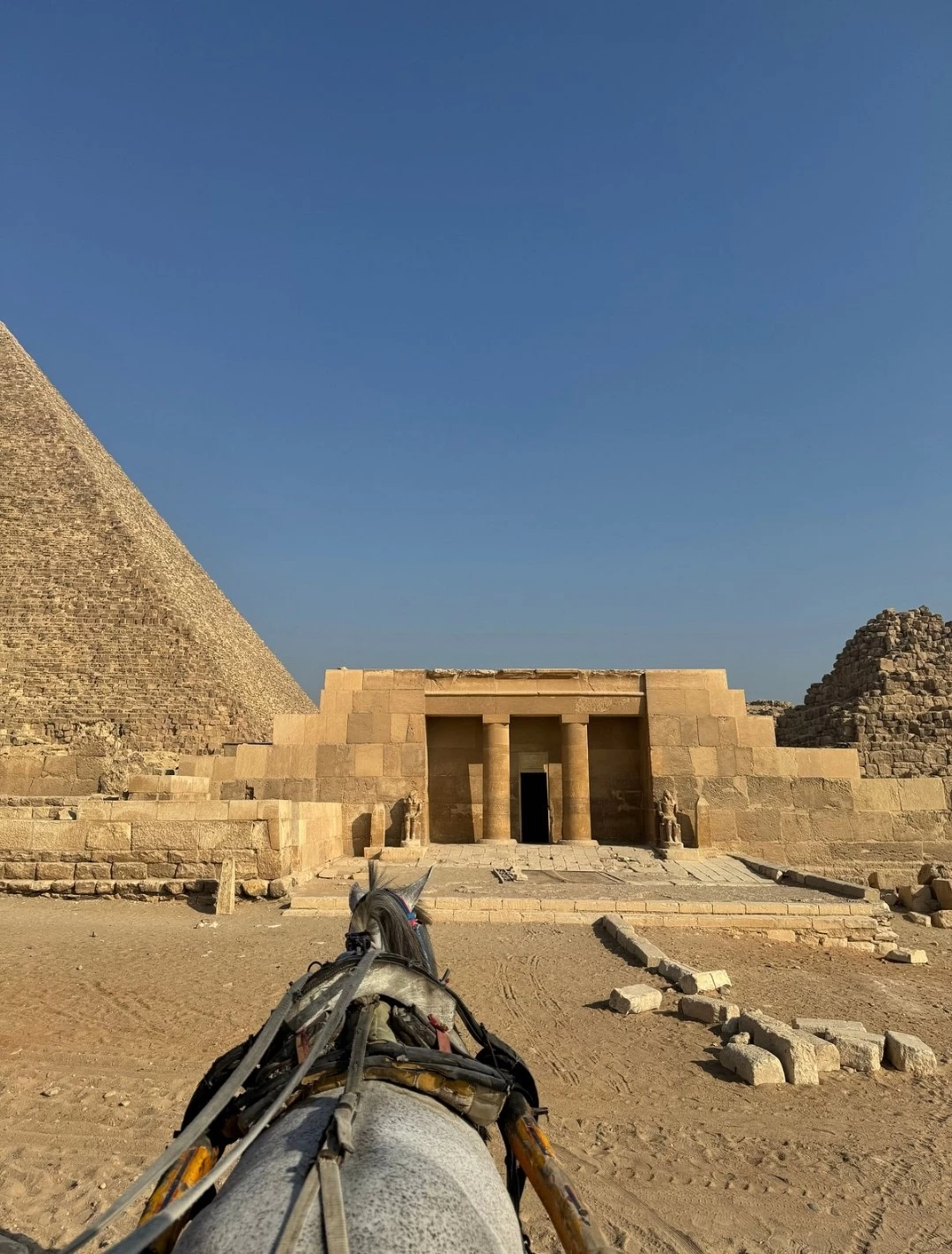
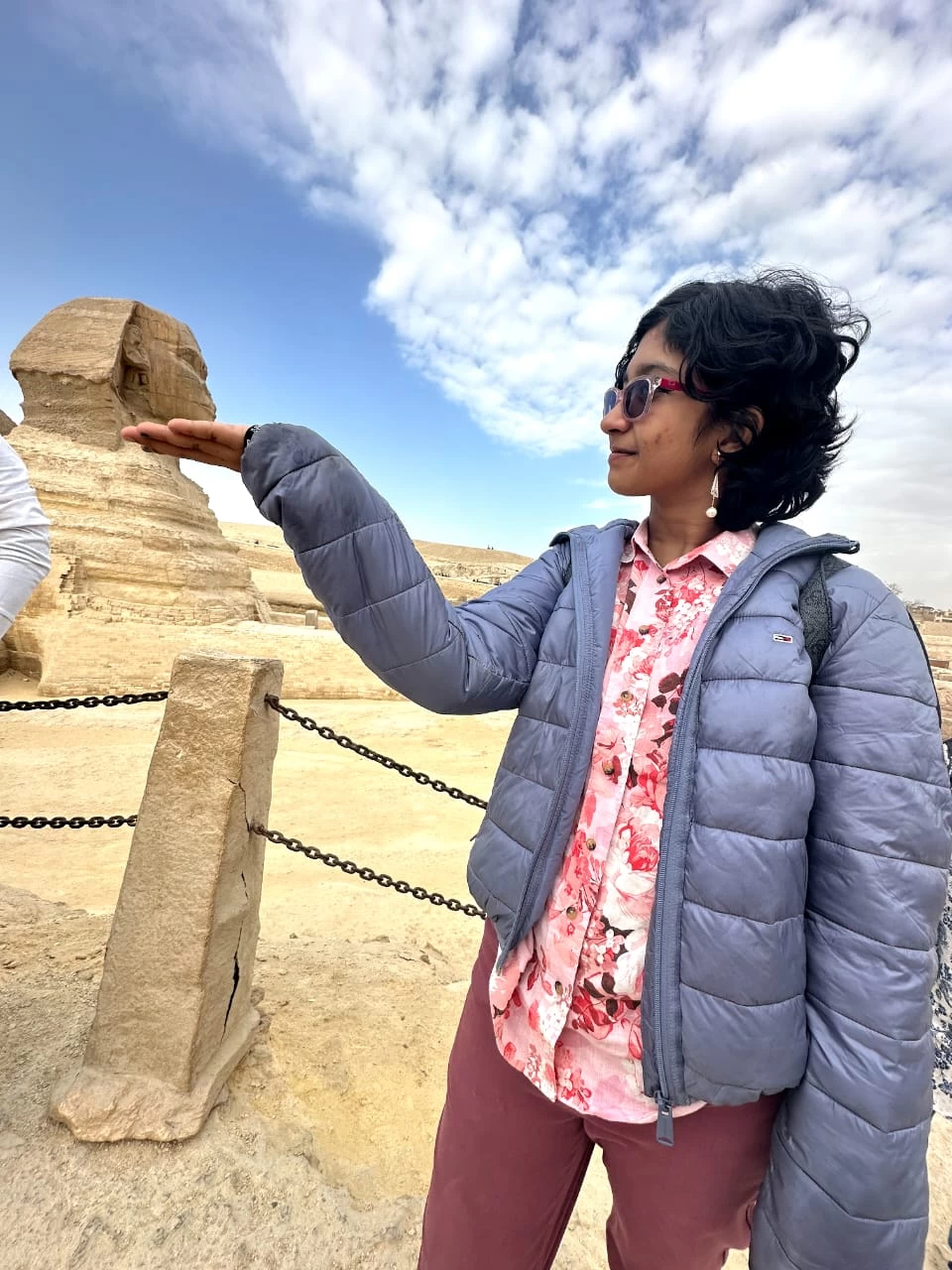
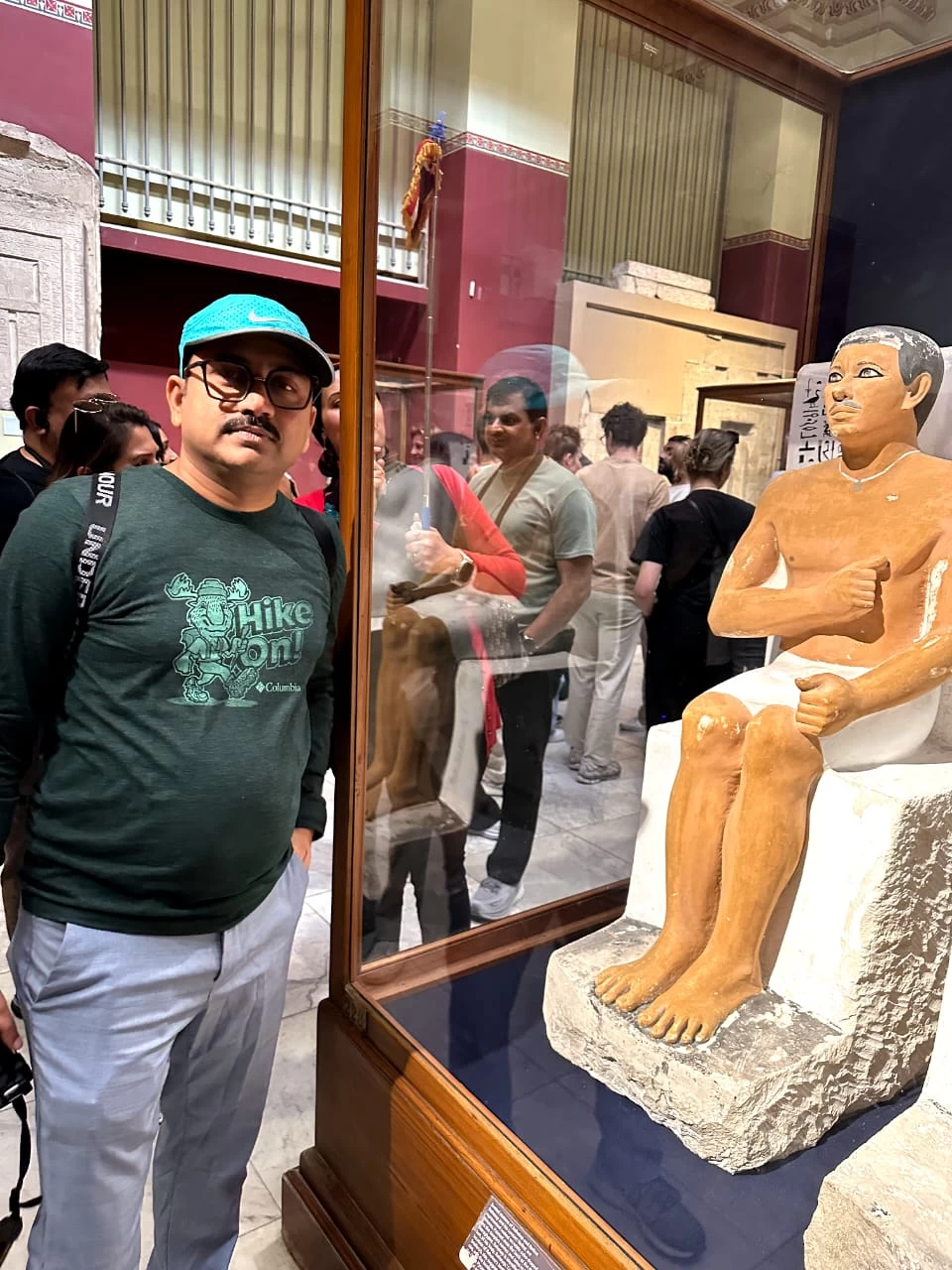
-webp.webp)
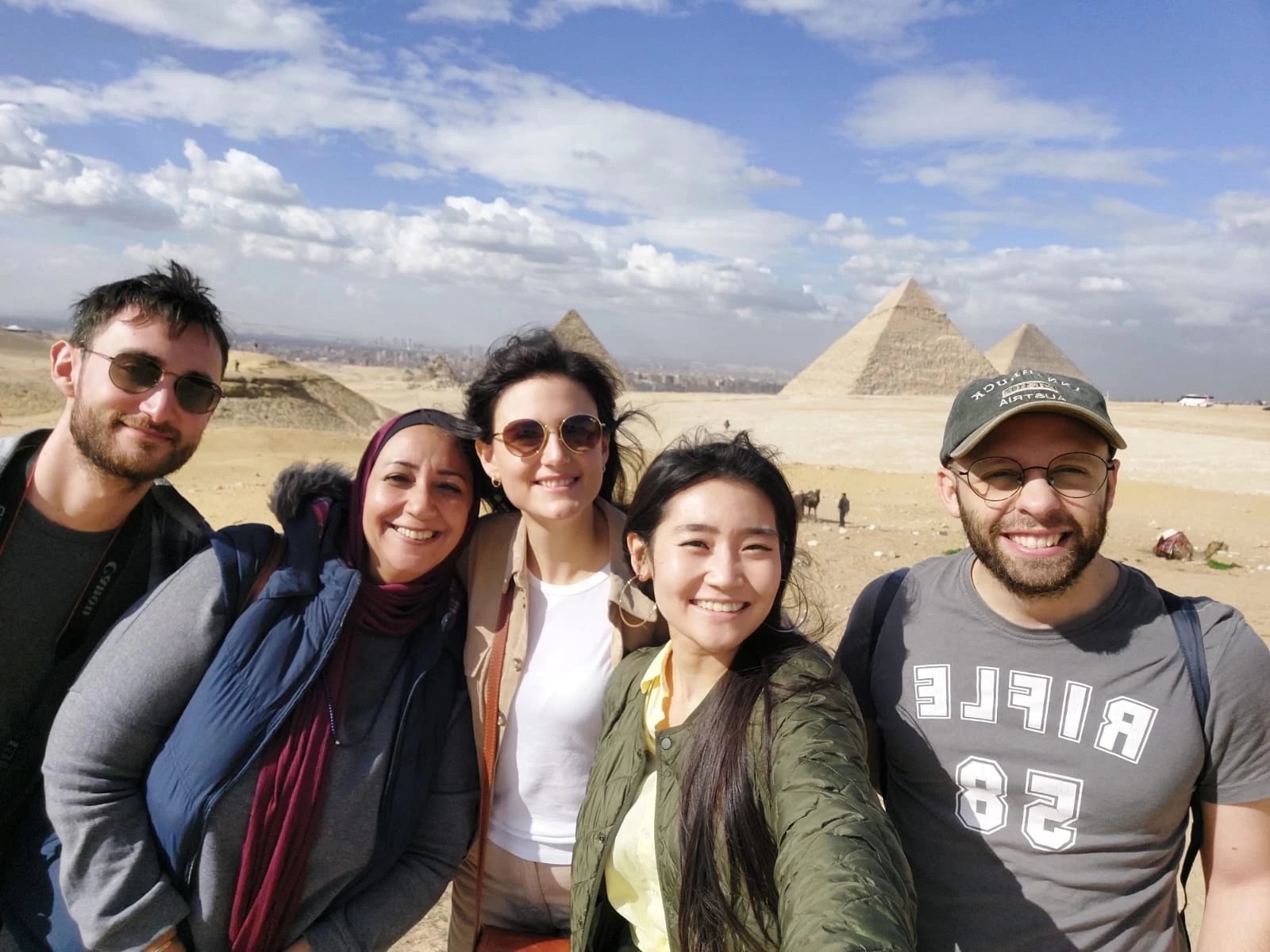
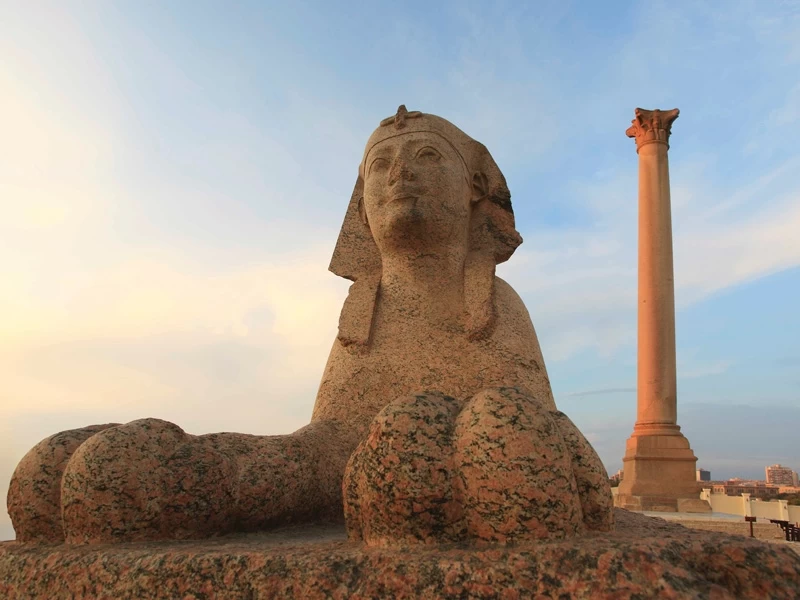
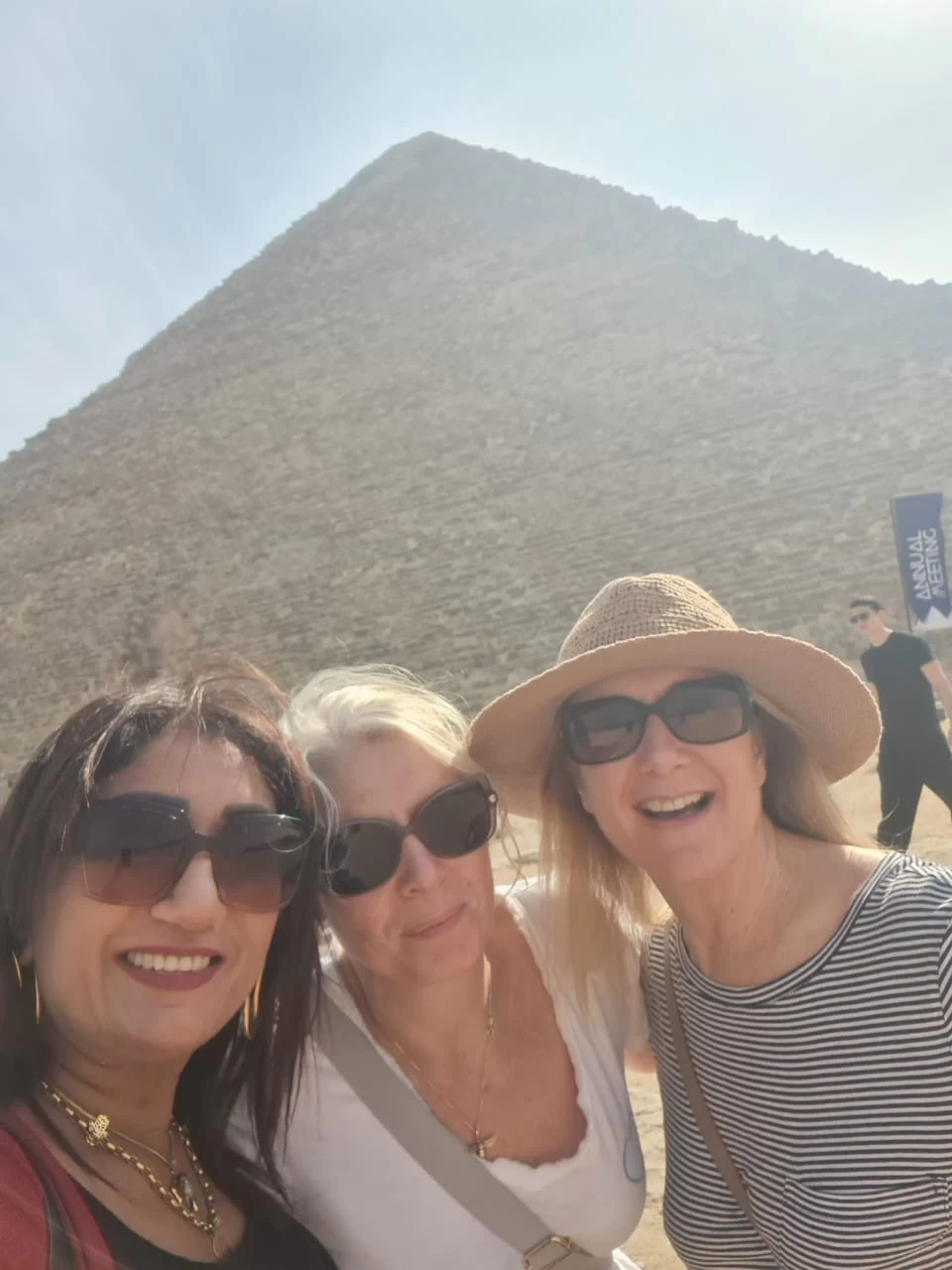


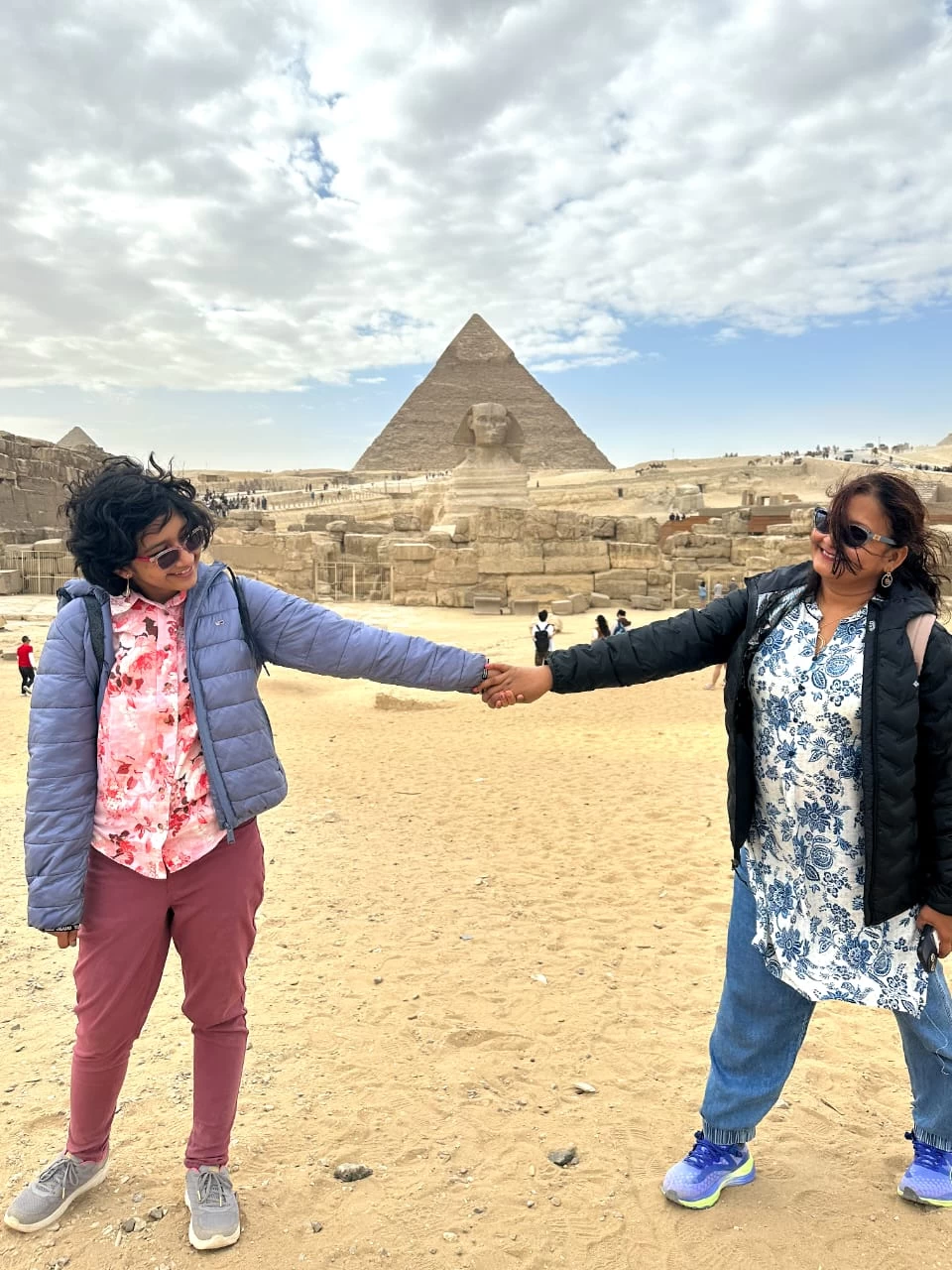
-webp.webp)
-webp.webp)







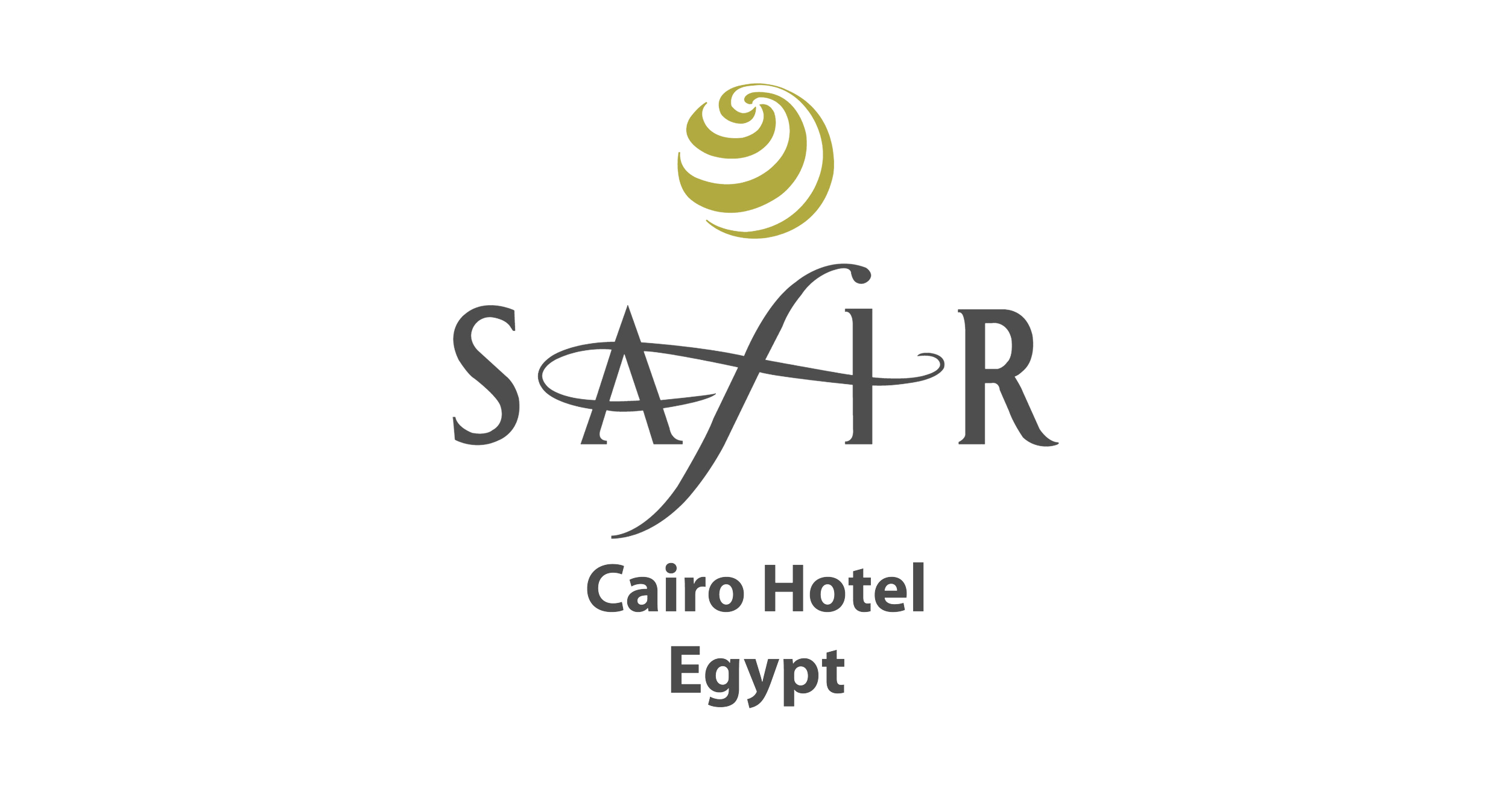


.png)

